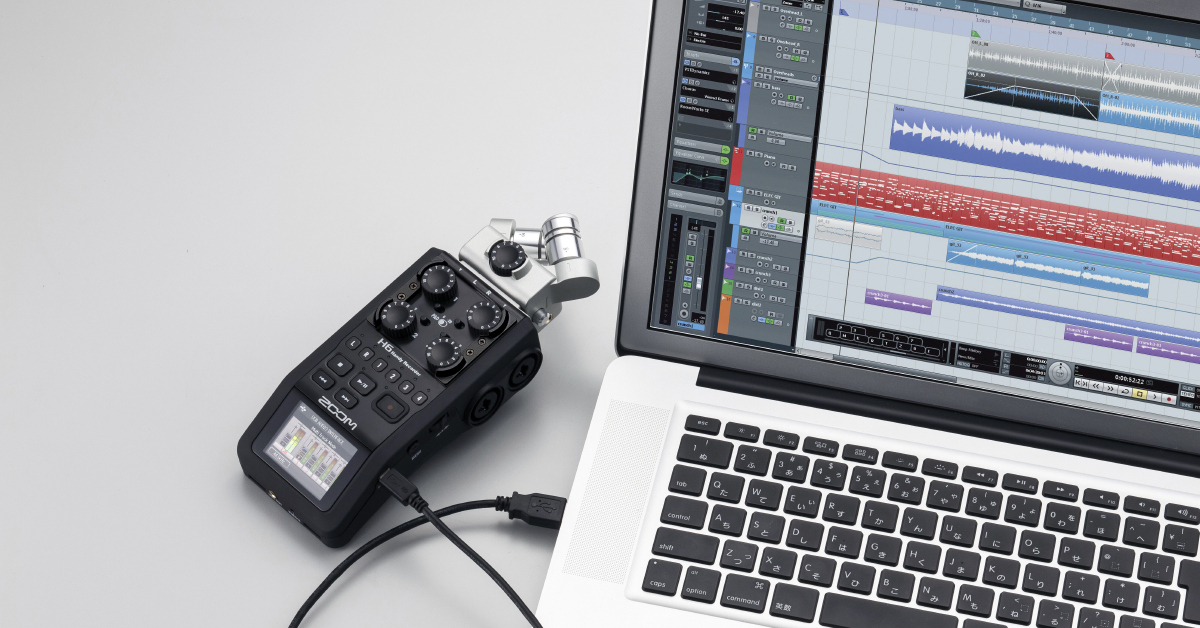


#Loopback audio full#
Loopback now has full compatibility with MacOS 12 (Monterey), with no known issues.We can’t wait to hear about the incredible new uses you find for it!
#Loopback audio mac#
With Loopback, you gain incredible power and control over how audio is routed around your Mac and between applications. Now listeners can tune in to a live stream of your podcast as you record it! Set a simple (pass-thru) device as the output at the end of an Audio Hijack chain, and then as the input source in Nicecast. Actually I have a fully functional Alsa-Jack-Loopback-System which also works in the garden where I do not have the USB audiobox. Create a virtual device that grabs just the mic and the app’s audio to get exactly the audio you want. Screen recorders, including QuickTime Player, allow you to include either microphone audio or all system audio at once. With Loopback, you can combine multiple input devices into one virtual device for easy recording. Thankfully, they offer recording from many channels. If you’re using a device like Elgato’s Game Capture hardware and you want to record both your microphone and the game’s audio at once, Loopback can assist!Īpps like GarageBand, Logic, and Ableton Live only record from a single audio device at once. Making gameplay videos with great audio can often be very difficult.

Presto! Your guests all hear both your voice and your audio add-ons. Set the Loopback device as the output in one app and the input in another to make audio flow directly between the applications.Ĭombine your mic with audio sources like iTunes or QuickTime Player, then select your Loopback device as your source in Skype. Loopback can also create pass-thru devices, which send audio from one app to another. Find them listed among other devices in System Preferences or select them as an input or output in any audio app. Your Mac will show Loopback’s virtual devices exactly like physical devices. The specific Input Channel will vary depending. Default is Playback 1-2 (DAW 1 & 2) In your DAW, ensure that the Loopback tracks are enabled for recording. Just add the applications and physical audio devices you want to include to the Audio Sources table to get started. An example of configuring Loopback in Focusrite Control is given below: In the Output Routing tab, find your Loopback Output and select the audio source you wish to loop back into your DAW. Loopback gives you the power of a high-end studio mixing board, right inside your computer!Ĭonfiguring a virtual audio device from multiple sources is easy. Create virtual audio devices to take the sound from applications and audio input devices, then send it to audio processing applications. Suddenly, it’s easy to pass audio between applications on your Mac.


 0 kommentar(er)
0 kommentar(er)
